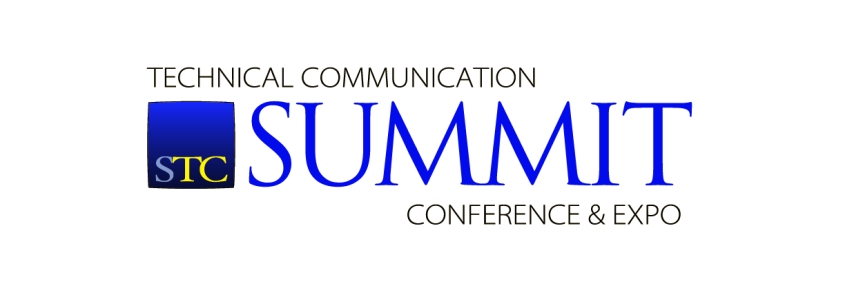This article is going out a little later than I'd hoped, but better late than never, and I wanted to get this out while stuff was still fresh in my mind. After taking some time to recover, I've returned home from my first STC Summit! I've wanted to attend this event for some time, and … Continue reading My first #STCSummit: the debrief #STC23 #TechComm
Category: Design
New old presentations
As I mentioned earlier, I have a few speaking gigs coming up, including one in Hartford, CT in March. I'm actually doing two presentations for Hartford: my job hunt presentation (which seems to be one of my best sellers; I've done this presentation several times, and I will also be doing it for STC Summit), … Continue reading New old presentations
An introduction to the C4 model
(Image source: The C4 Model for Software Architecture) This week, I was introduced to a new (to me) methodology called the C4 model. Now, in this context, C4 does not refer to the high explosive. In this case, C4 refers to a development methodology. Mostly, it refers to software development, but it has other applications … Continue reading An introduction to the C4 model
User testing is important — for documentation
Any application developer will (and should) tell you how important end user testing is for their product development. It's an important part of the development lifecycle. Developers need to know if their applications actually work, if they work the way they're intended, and if their interfaces can actually be used. Without user testing, developers put … Continue reading User testing is important — for documentation
Keeping documentation simple
In my presentations, I preach that keeping it simple is key to effective technical communication. It takes effort to read (you can write this on my gravestone: reading is work!), and the less you make someone work, the more effective the document will be. However, keeping things simple is easier said than done. Taking a … Continue reading Keeping documentation simple
When information is overlooked
I went grocery shopping the other day. I picked up what I thought were two identical bottles of salad dressing (in the photo above). I remember thinking how strange it was that they put the same bottles of salad dressing in two different spots on the shelf. Nevertheless, I took one from each side and … Continue reading When information is overlooked
Tools are not documentation
I've been running into an issue that I'm not sure how to get around -- mostly because it's somewhat political, and I don't like to play the political game -- and it's frustrating. Because the issue is work-related, I am intentionally skimping on the details, but I'll give you the gist of what I'm dealing … Continue reading Tools are not documentation
When information is removed (or, Never Assume It’s Obvious, Part 2)
I have an app for my local convenience store that I use to purchase various items, including, among other things, gasoline. On my way home this afternoon, I decided I needed to put gas in my car and stopped at the store to do so. To use my app to buy gas, I need to … Continue reading When information is removed (or, Never Assume It’s Obvious, Part 2)
Never assume it’s obvious
When I was in college, I remember a professor who seemed fond of saying "it's intuitively obvious." I don't remember a lot from that professor (other than that he was a good professor and a good man), but I vaguely remember my classmates making fun of that line, partially because he used it often, and … Continue reading Never assume it’s obvious
Rocket Companies TechCon ’21 — I’m speaking!
The speaking gig train keeps rolling! I received an email this evening saying that I have been selected to speak at Rocket Companies (formerly Quicken Loans) Tech Con '21! This is a virtual conference scheduled for Wednesday and Thursday, October 20 and 21! I will be doing my "original" (as in the one that started … Continue reading Rocket Companies TechCon ’21 — I’m speaking!




